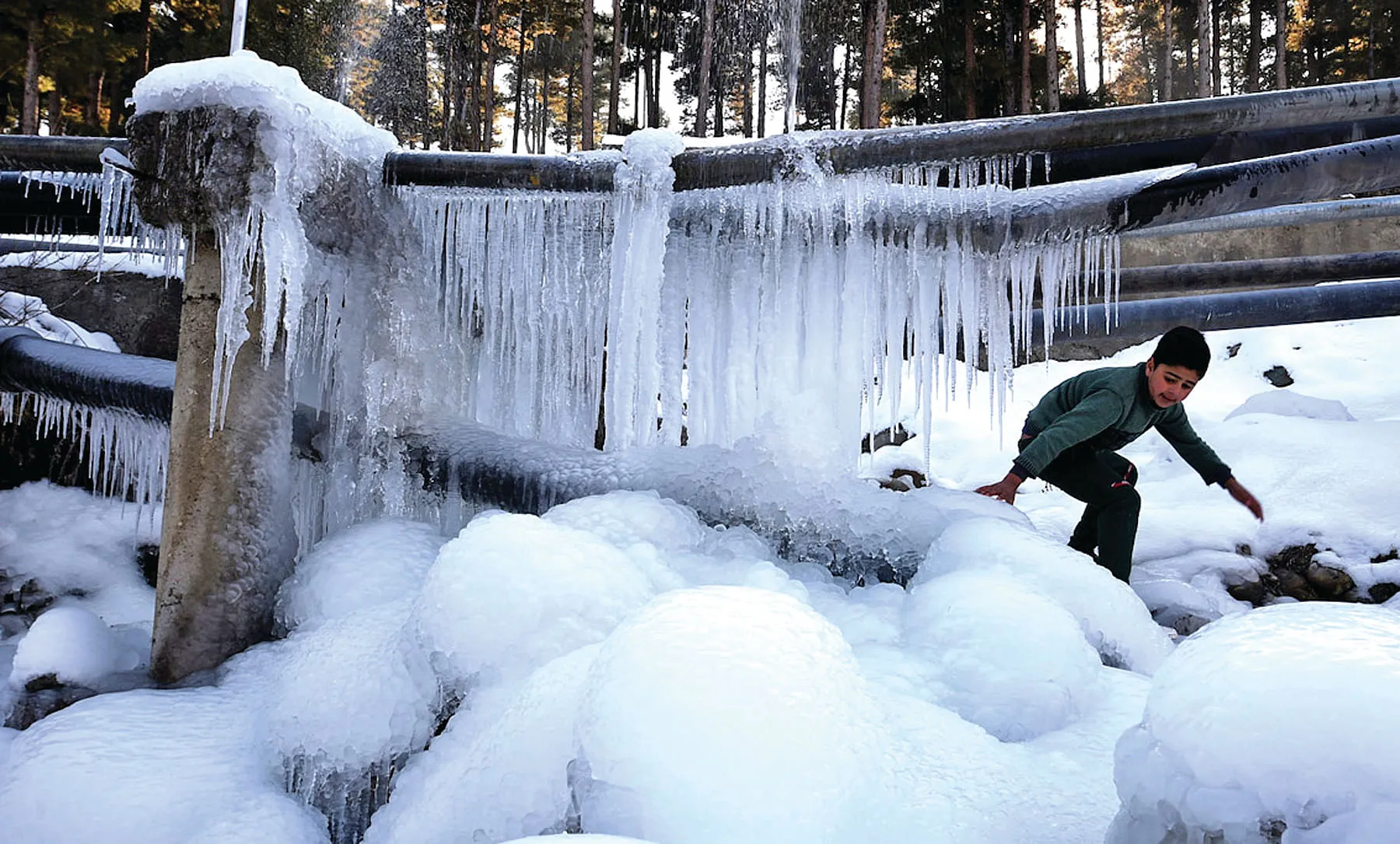As the Meteorological Department has predicted moderate snowfall from Saturday, Traffic Department officials Thursday said regulation of traffic on the 270-kilometre Srinagar-Jammu National Highway is being done in order to ensure “that minimum number of vehicles are left stranded” on this arterial road in case of a closure due to landslides.
Speaking with the Greater Kashmir, SSP Traffic (Highway) Jatinder Singh Johar, said that based on the MeT advisory, the Traffic department was in constant touch with the National Highways Authority of India (NHAI) and district administration Ramban to ensure that everyone is ready to face challenges arising out of the forthcoming inclement weather.
“We have circulated the advisory to all concerned agencies and local authorities in Ramban, etc. The advisory has also been shared with help of the media” Johar said. The official said usually in case of a MeT advisory, the traffic department asks people to avoid “unnecessary travel” on the highway during the days of inclement weather.
Johar said ahead of the MeT forecast for snowfall, the Traffic department always asks for quick response teams from the district administration such as in Ramban. “We always put the requisition with the DC Ramban for the QRTs so that in case there are people stranded on the highway, we can allow them to move towards safer places,” Johar said. “We also ensure that people from NHAI, highway contractors and local administration are on the same page, as far as the highway traffic management is concerned,” Johar said. He said “traffic volume management” is very important to ensure that not many vehicles are stranded on the highway in case of suspension of traffic due to landslides.
“Every time the road reopens for traffic after a long closure, we do our calculations to figure out how many vehicles we can expect on the highway. We allow only that much of the volume of traffic to ply on the highway which we can manage so that no one is stuck in a slide prone area,” Johar said. He said there are “invariably problems arising out of the inclement weather” on the highway as mudslides, landslides and shooting stones are expected every time there is snowfall or rains. However, the traffic official said when inclement weather continues for more than three days, it adds to the problems on the highway.
“In such a case, we move the stranded goods vehicles and other passenger cars towards safer places away from slide prone areas. One of our priorities is that vehicles carrying essential commodities are moved towards the Valley so that there is no scarcity of goods,” Johar said.
Temperatures:
The cold wave conditions show no signs of respite as the minimum temperature plummeted across the Valley on Wednesday night. Summer capital Srinagar recorded a low of minus 7 degrees Celsius. At minus 8.4 degrees Celsius, Srinagar had witnessed the season’s coldest night last week and it was the chilliest night in 29 years. The minimum temperatures continued to remain far below normal in other parts of the Valley, recorded at minus 9.3 degrees in Pahalgam, making it the coldest recorded station of the Valley, said MeT data. Qazigund recorded a low of minus 8.8 degrees. Kokernag recorded a low of minus 6.9 degrees. The skiing resort Gulmarg recorded a low of minus 7.8 degrees on Wednesday night, MeT officials said.
Kashmir is in the middle Chillai-Kalan, the 40-day winter period which commenced on December 21. The period is considered the harshest of the winter when the chances of snowfall are maximum.






